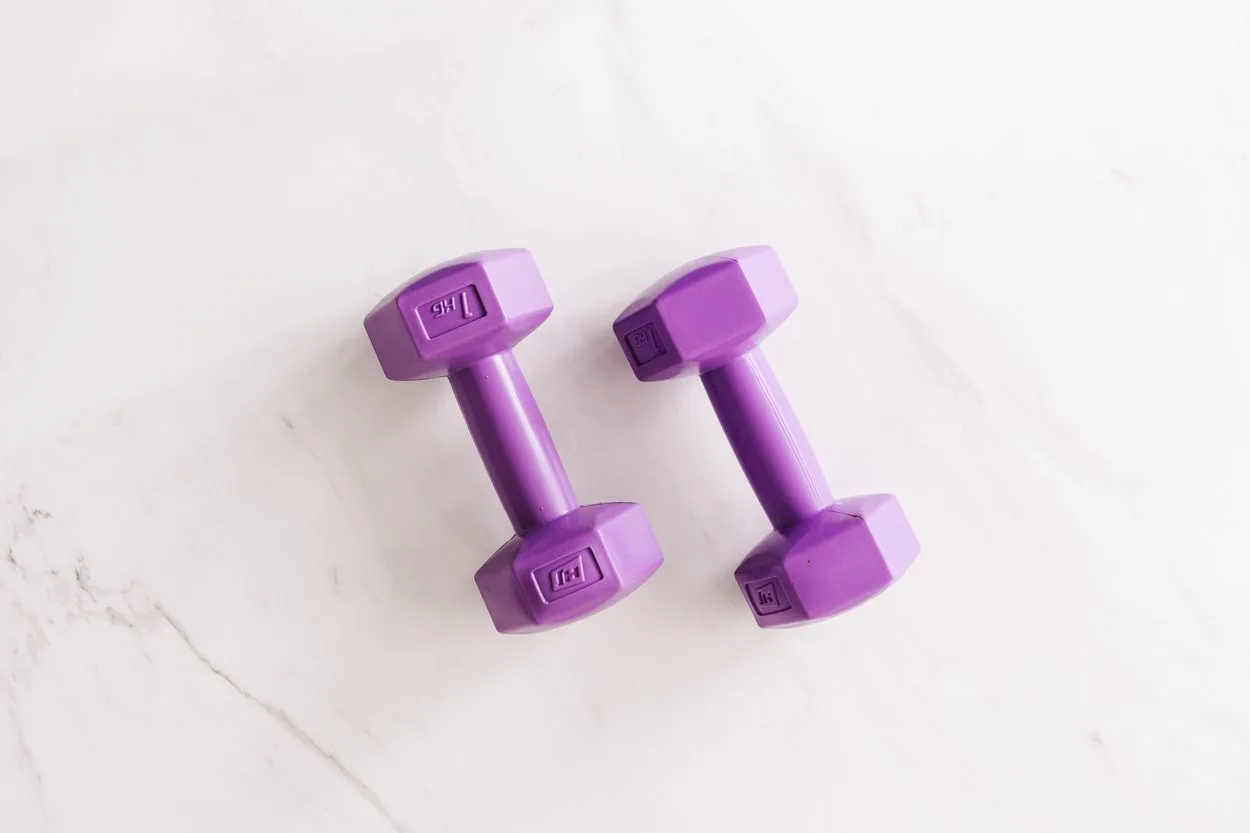Adopting healthy behavior is important for healthy outcomes. Being overweight or underweight indicates that you need to rethink your nutrition diet chart or that you have some health issues.
Skinny, slim, curvy, chubby, and fat are some of the labels people give you based on your weight.
A medical definition, however, does not specify which category of the above-mentioned terms you fall into. Often, people label others based on their perception of how much they weigh.
If you’re wondering what differentiates chubby from fat, here’s the simple rundown:
Whether a person is chubby or fat, they’re undoubtedly overweight. An individual who is modestly overweight is considered chubby while having too much fat on the body will make a person fat.
To test out your obesity level, all you need to know is your height and weight. Throughout this article, you’ll learn about the method to calculate your fat. Also, I’ll differentiate between curvy, chubby, and fat.
So, stick around, and let’s get into it….
What Is BMI and Is It Reliable?
BMI is an abbreviation of Body Mass Index and is the most convenient and affordable way to calculate your fat where you only need to take your weight and height into account. The results, however, are not necessarily accurate every time for the following reasons:
- It only focuses on your fat and ignores muscle weight
- It doesn’t take your gender into account
- It also neglects your age
- Not suitable for pregnant women and athletes
Still, people of all age groups rely on this method. I wouldn’t recommend believing the assumptions that BMI level makes about your health. It surely gives you a rough idea about your health but trusting it completely won’t be a smart choice.
Calculating Body Mass Index

You can either check out the BMI table or calculate it with the help of online available resources. For the calculation, you will need to plug in the numbers of your age and height.
You can use this number to diagnose obesity.
Depending on your BMI, you can categorize your weight into the following categories:
| BMI | |
| Less than 18.5 | Underweight |
| 18.5 to 24.9 | Normal weight |
| 25 to 29.9 | Overweight |
| 30 or greater | Obesity |
BMI cannot be a substitute for healthcare services. It doesn’t necessarily mean that a person who falls into the higher BMI category has health problems. The same rule applies to the lower BMI. You shouldn’t use it as more than a screening tool.
Average Weight For Women
The average weight for women aged 20 to 39 is 187 pounds.
- The average weight for women aged 40 to 59 is 176 pounds
- The average weight for women aged 60 and above is 166.5 pounds
It’s worth noting that the average weight for women in America is way more than that in Asia. This means Asians have lower body mass as compared to Americans. Factors such as demographics, age, height, and sex determine if your weight is healthy or not.
Average Weight For Men
Men aged 20 to 39 have an average weight of 196.9 pounds. The average weight for men varies region-wise, and so is BMI.
With 177.9 pounds, North America has the highest body fat percentage.
| Average BMI in 2005 | Regions |
| 22.9 | Japan |
| 28.7 | USA |
As per this table, the lowest BMI was reported in Asia in 2005, while the USA ranked higher on the list.
Your genetics and ethnicity play a primary role in whether you’ll see any symptoms at a higher BMI or not.
Curvy Versus Chubby

Let me tell you that there isn’t much of a difference between curvy and chubby.
Full hips, a defined waist, and prominent thighs characterize curvy bodies. If a body is curvy, the waistline would be smaller, and the hips would be bigger. While a chubby body lies between an average-sized person and a fat person. A chubby person is overweight and is in the early stages of getting fat.
The curvy body has different shapes, this video explains everything in detail.
Chubby Versus Fat – What’s The Difference?
There’s a slight difference between being chubby and fat. A fat body has excessive fat, which isn’t healthy at all. Moreover, it doesn’t look good. Most people confuse chubby with fat, but in reality, a chubby body has a thicker waist than a curvy but less than the waist of a fat person. Also, a chubby person would have a round face with a softer body.
How Can You Get Into Shape?
42.4% of Americans were overweight in 2017-2018. Obesity has increased in the past years. Obesity is the cause of many health problems, including high blood pressure, diabetes, and several others.

Shedding pounds is way tougher than acquiring them. You must be tired of spending on weight loss supplements and ending up seeing no positive outcomes. If maintaining weight is your greatest struggle, you should follow these steps:
- Drinking water has an association with losing fat. Research shows that water may promote weight loss if you alter your nutrition diet.
- The most effective way to maintain weight is walking after lunch or dinner. Some individuals believe that walking right after lunch or dinner may cause fatigue, however, research shows the opposite results. The author lost 3 kg weight when he followed this routine and didn’t face any negative effects.
- The calories in versus calories out formula works. To lose weight, you must burn more calories than you consume.
Final Thoughts
- Labels like skinny, curvy, chubby, and fat often reflect subjective perceptions of body size.
- Body weight can be an indicator of health issues. It necessitates a reevaluation of nutrition and lifestyle.
- Body Mass Index (BMI) is a common method to estimate body fat based on height and weight.
- While widely used, BMI has limitations and may not provide accurate assessments due to its focus on fat alone.
- BMI categorizes individuals into underweight, normal weight, overweight, and obesity.
- It is a screening tool rather than a definitive measure of health. It considers factors like muscle mass and age.
- Average weight varies by region, age, and gender, with notable differences between Americans and Asians.
- BMI levels differ globally, influenced by genetics and ethnicity.
- Curvy bodies feature a defined waist, full hips, and prominent thighs. It emphasises natural body shapes.
- Chubby bodies fall between average and fat. These are characterized by a thicker waist but less than a fat person.
- Fat bodies have excessive unhealthy fat, leading to various health problems.
- Chubby bodies, while overweight, have a softer appearance and a waist thicker than curvy but less than fat individuals.
- Over 42% of Americans were overweight in 2017-2018. It highlights the prevalence of obesity-related health issues.
- Lifestyle changes, such as staying hydrated, walking, and managing caloric intake, can aid in weight loss.
- A BMI above 25 indicates increased health risks. It prompts the need for weight-loss strategies.
- Prioritizing healthy eating and adopting simple home workouts can contribute to achieving fitness goals.

